Strolling down the aisle of late, shoppers can sense a transformation is underway. Retailers are investing in numerous digital tools and platforms to both elevate the in-store experience and provide shoppers greater convenience.
With greater digital alignment moving from “nice to have” to “must have”, we compiled a list of 13 retailers who are successfully bringing the in-store experience together with the digital experience.
Amazon
Although this list is in alphabetical order, it is suitable to have Amazon at the top. Since unveiling Amazon Go in late 2016 the retail industry has been on watch. Rollout of their cashless "just walk out" concept seems imminent, and likely to revolutionize the grocery sector. Amazon Books is also creating a new dialogue with shoppers. Five new stores are about to open, utilizing clever product placement, featured book reviews and intuitive in-store recommendations based off a dizzying wealth of customer data.
Apple
Apple has been delivering a mostly frictionless and unified customer experience in stores and online for almost 15 years. This will likely continue, as they roll out education spaces at stores worldwide. “Today at Apple” could potentially revolutionize the physical retail experience. By luring customers in with free courses on its tech, making good use of giant custom screens, Apple puts itself in a unique position to sell even more products through unprecedented customer interaction.
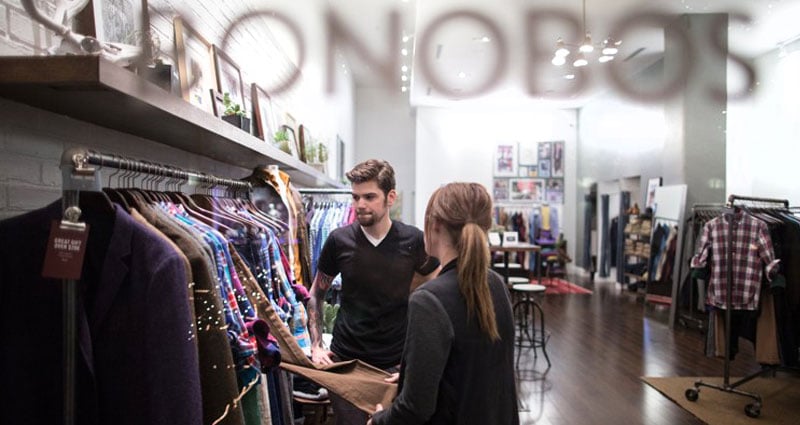
Bonobos
Once exclusively an online retailer, Bonobos’ brick-and-mortar rollout has achieved impressive growth, yet a digital mindset remains key to its success. Sales assistants can carry out transactions from every corner of the store, creating a more fluid, efficient retail environment. Customers then leave empty-handed, their custom-fit goods shipped and received within days.
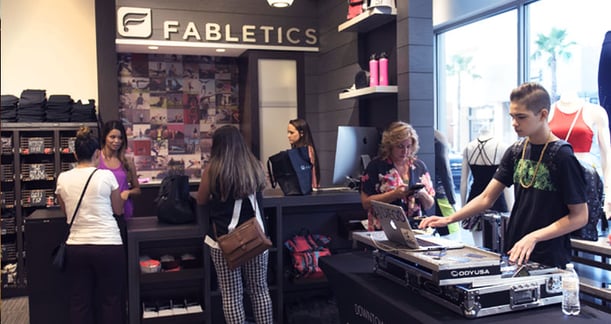
Fabletics
In a trend many e-commerce companies are adopting, Fabletics has plans to open even more physical locations. The company claims the move is necessary from a data mining standpoint, as opposed to merely making more sales. They call this “brick mining” using data from both channels to inform the other and provide a better customer experience."
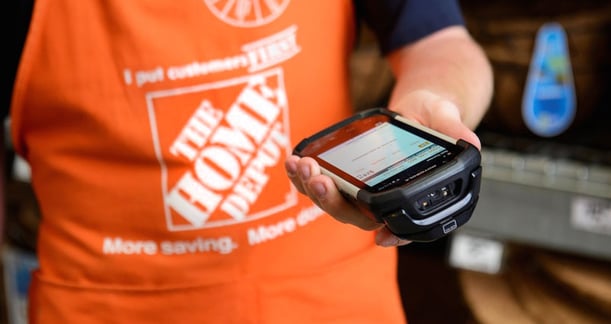
Home Depot
Thanks to attendants armed with mobile devices, Home Depot customers can checkout anywhere in the store. It’s just one way the retailer is succeeding at digital integration, having invested in an innovation hub at Georgia Tech. Augmented Reality is also a recent addition to Home Depot’s improved mobile app, allowing customers to navigate aisles in the store with ease and even search for products by uploading pictures of desired items.

IKEA
Long queues are a pain point for customers and IKEA is one of many devising a workaround. Using their mobile app, shoppers scan items in the cart, generating a QR code for easier payment on the way out. IKEA is also building favor with a tongue-in-cheek approach. Recently, shoppers were given RFID-activated wooden spoons as a way of selecting products, then using cashless checkouts at a pop-up location.
Lowe’s
Realizing customers have difficulty visualizing potential home improvements, Lowe’s created Holoroom. In-store, customers select kitchen and bathroom installations, placing them in a virtual space with customized dimensions. With VR, customers can then experience their own computer-generated creations. VR is also used for DIY workshops at additional in-store setups, while augmented reality (AR) enables navigation right to the items they’re looking for.
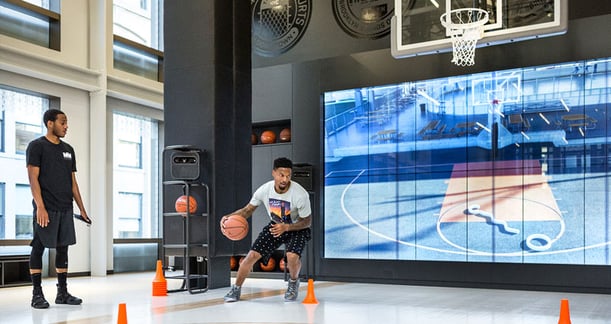
Nike
By 2020, Nike expects to move $7 billion of product from online sales alone. With a clear focus on digital, Nike has transformed physical stores into tantalizing experiential encounters, allowing shoppers to test products in high-tech trial spaces and personalization studios. The company also offers free training sessions and events for customers, while capturing valuable data via a dozen different iOS apps.
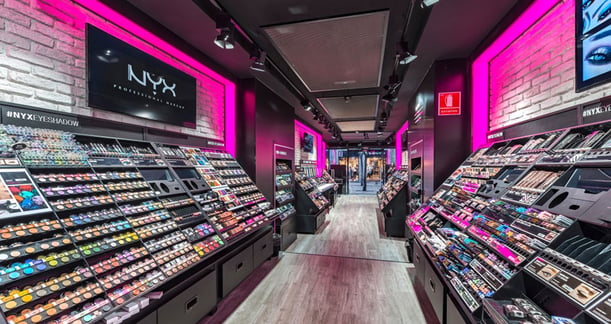
NYX Cosmetics
Capitalizing on an evangelical millennial base, physical locations feature informative, interactive Beauty Bars, appealing to the self-taught nature of customers. Meanwhile, featured digital community walls showcase the biggest influencers of the cosmetics industry’s thriving social media space.
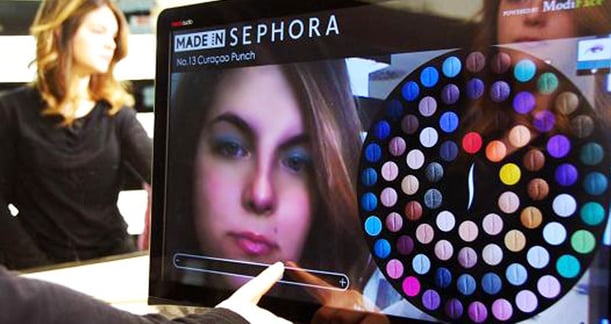
Sephora
Appealing to a new generation of digital natives, Sephora is changing the way cosmetics are sold. Since the advent of mass DIY videos on Youtube, Sephora’s digital strategy aims to put control in the hands of customers. A multitude of in-store tablets allow shoppers to upload selfies, helping them find the perfect shade of lipstick with little assistance from sales associates. Sephora also recently announced smaller format stores with enhanced digital components and order-in-store and same-day pickup options for online purchases.
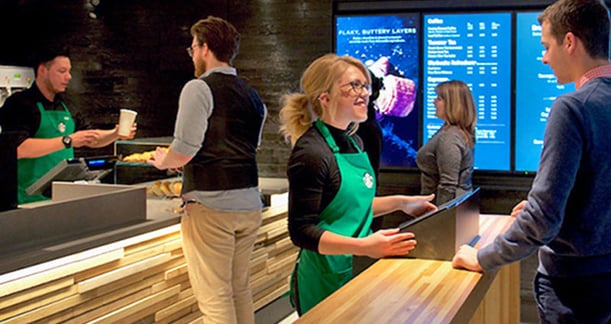
Starbucks
Starbucks is proof customers are more than willing to throw their cash at platforms that make their lives easier. 12 million Americans now use the company’s successful rewards app, while its Mobile Order and Pay app attracts 6 million transactions a month. These efforts may have worked too well, however, creating service bottlenecks that have lead to widespread physical redesigns.
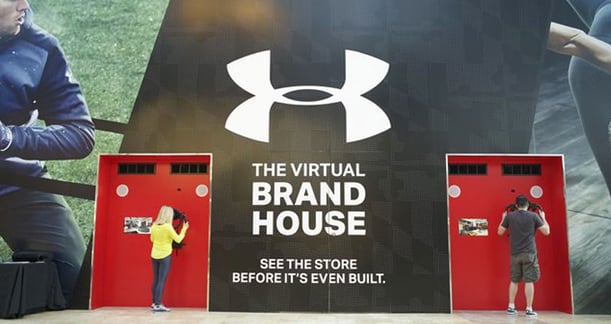
Under Armour
Under Armour is pioneering data collection in the sportswear space, recently spending over $700 million acquiring health, fitness and nutrition apps. The company has also utilized VR to create buzz around new store locations, giving customers a sneak peak into their high concept Brand House stores before they even open.
Walmart
Realizing the need to innovate quickly, Walmart has invested heavily in digital tech, unveiling its own mobile payment system and greater automation in-store. Introduction of “Scan & Go” technology means customers can purchase products bypassing a traditional checkout. Improvements to online ordering have also elevated convenience. Shoppers can now purchase ahead with greater ease, then grab and go at their nearest store or new 24-Hour Pickup kiosks.
There’s no denying retail is evolving at an aggressive rate, fuelled by rapid technological advancements. It’s difficult to predict what will happen in coming years, let alone the months ahead.
While an exciting time, the retailers likely to succeed are those that strike a balance. Customers will resonate most with the brands that incorporate digital solutions that enhance their lives, as opposed to bogging them down with gimmicky, attention seeking fads.

Posted by
Physical Retail Reimagined.
RetailSpaces is a community for store development and design innovators.
March 29-31, 2026 | San Antonio, TX
Learn More!
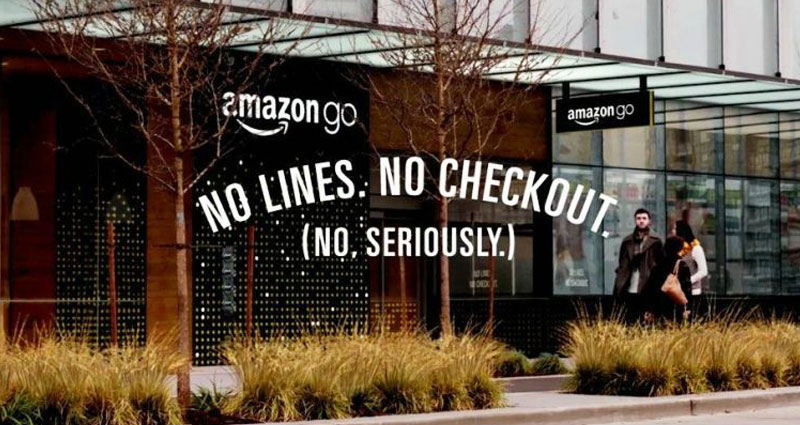
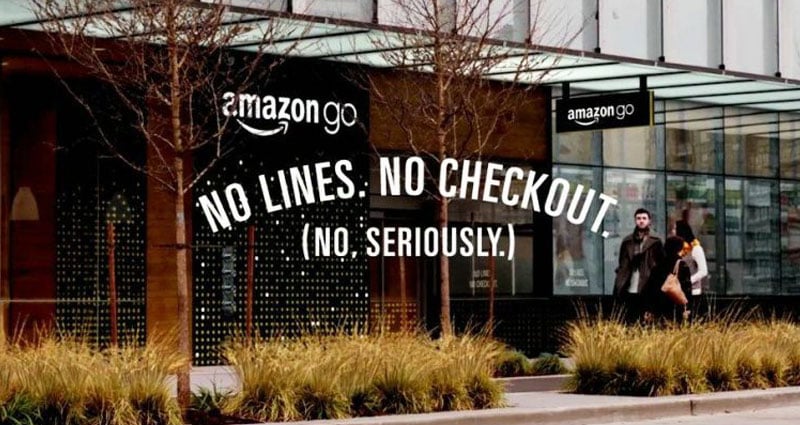
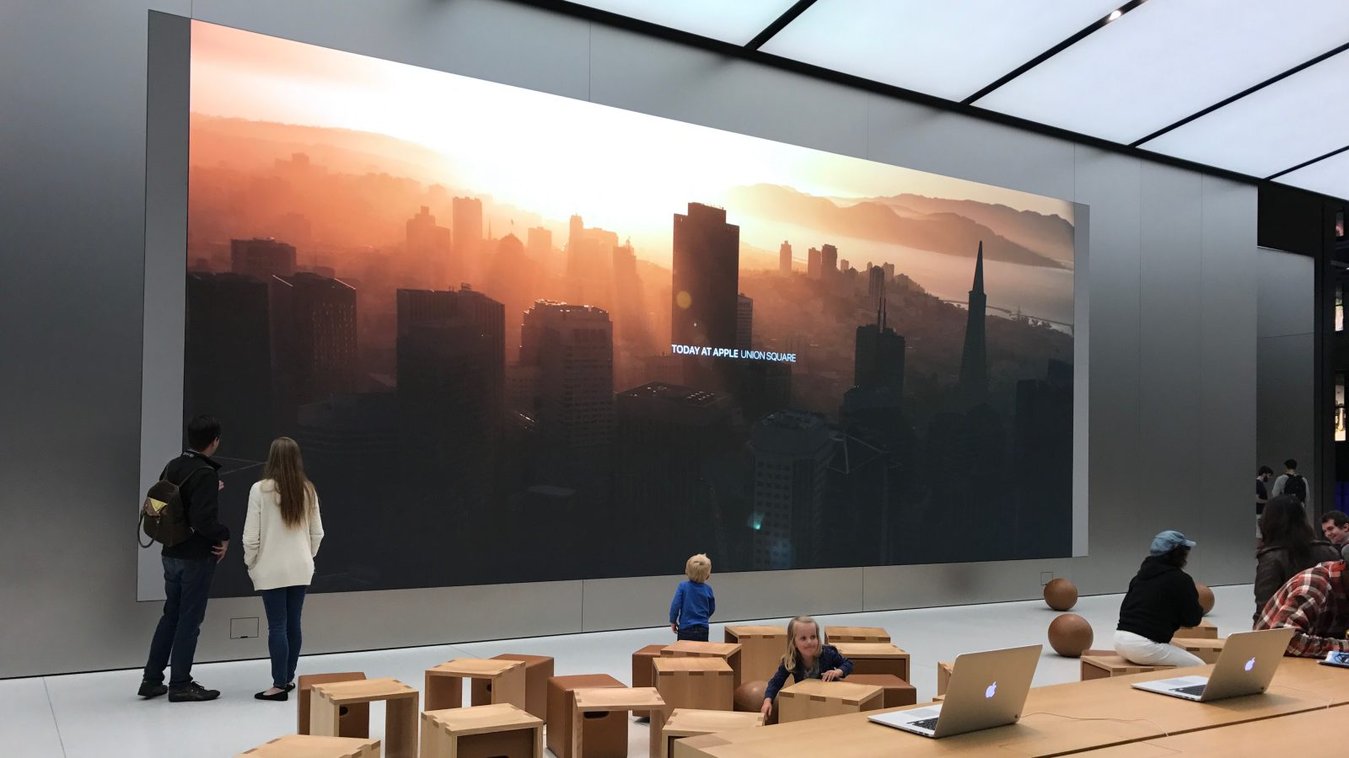
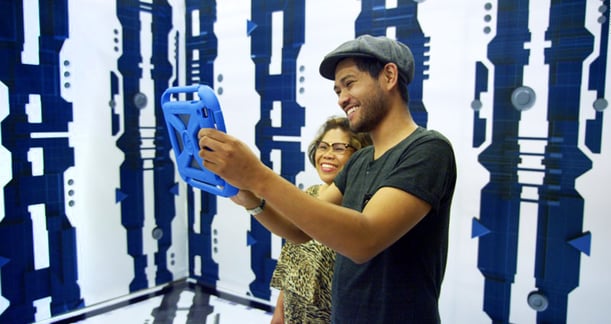
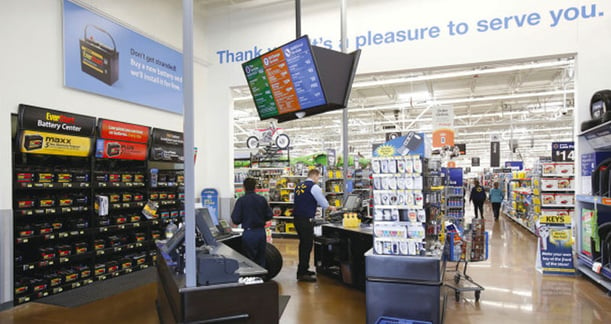

-4.png)

-4.png)
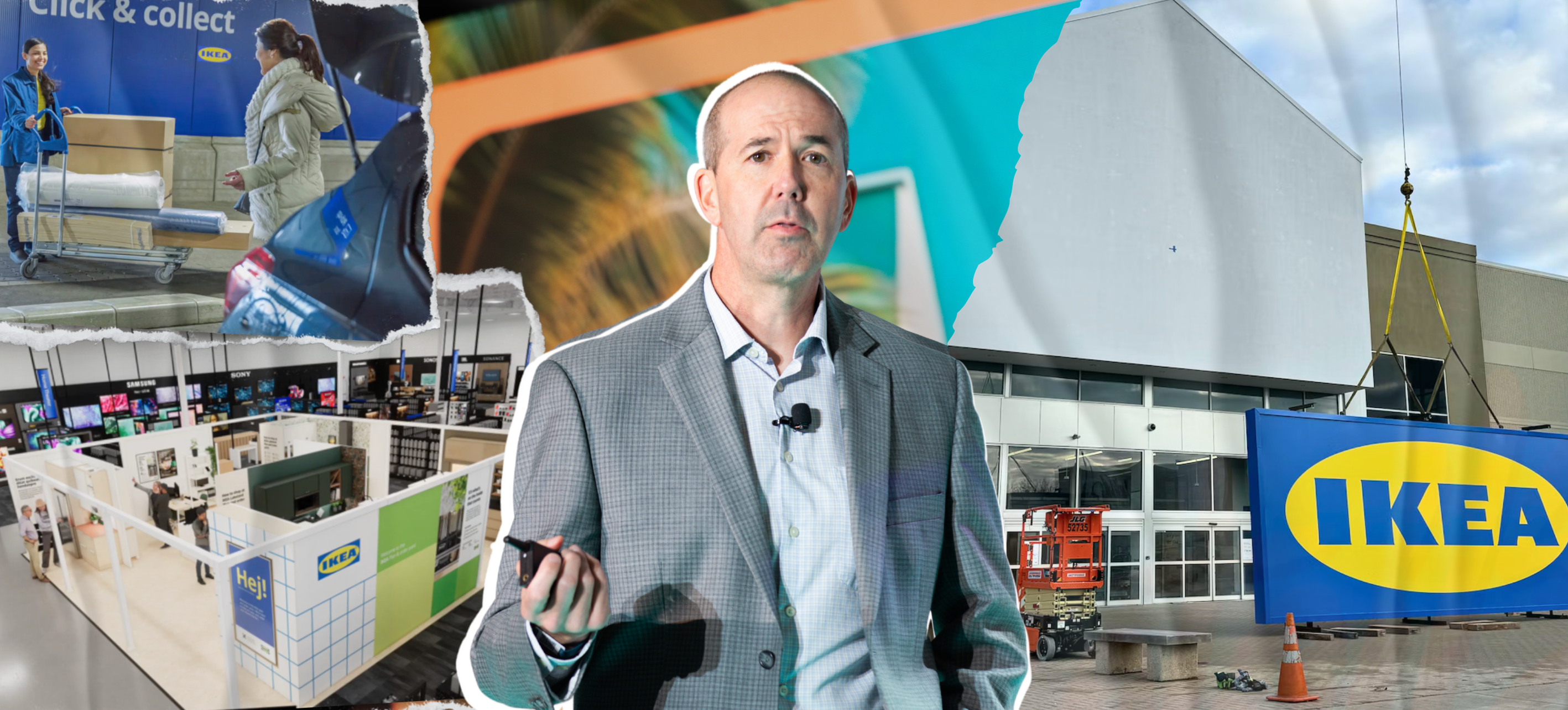


Comments